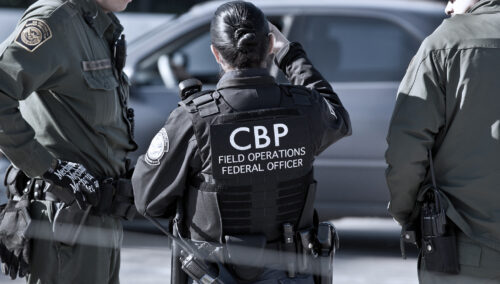The external borders of the United States matter to security, but how and in what ways is neither automatic nor obvious. The current assumption is that borders defend the national interior against all harms, which are understood as consistently coming from outside—and that security is always obtained in the same way, whatever the issue. Some security policies correctly use borders as tools to increase safety, but border policy does not protect us from all harms. The 9/11 terrorists came through airports with visas, thus crossing a border inspection system without being stopped. They did not cross the U.S.-Mexico border. Future terrorists would not necessarily cross a land border. U.S. citizens and residents, and nationals of Western Europe, also represent an important element of the terrorist threat, and they have unimpeded or easy passage through U.S. borders. Fortified borders cannot protect us from all security threats or sources of harm.
Moreover, not all border crossers pose security concerns, even ones who violate national laws. The hundreds of thousands of unauthorized migrants who cross the U.S.-Mexico border each year have not posed a threat of political terrorism, and external terrorists have not traveled through this border. Enforcement of laws against unauthorized immigration is, in the vast majority of cases, a resource- and attention-wasting distraction from sensible national security measures. That does not mean the U.S.-Mexico border is free from risk of harm, such as increasingly violent drug trafficking organizations operating nearby in Mexico. But that issue needs to be addressed in different ways than current enforcement policy does.



